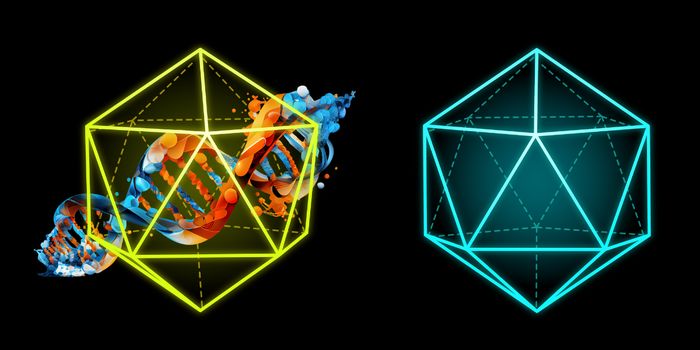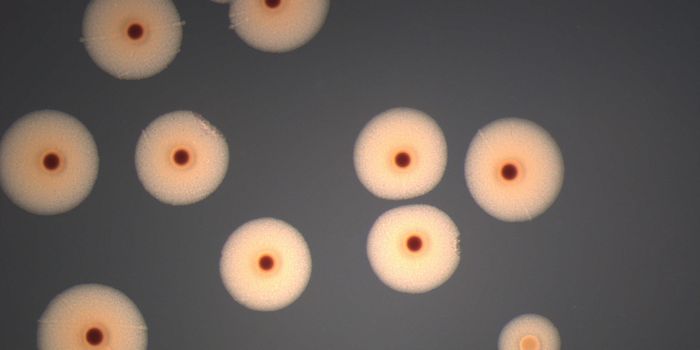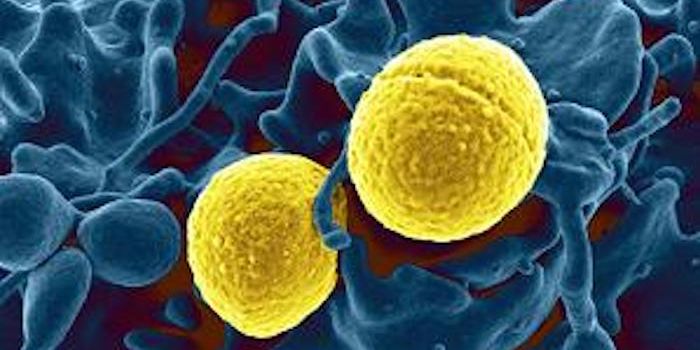A Model of Spinal Development Provides Insight Into Disease
The spinal column develops from a row of structures called somites, which bud off sequentially in a process called somitogenesis as a vertebrate grows. This repetitive pattern is generated by an oscillating group of genes known as the segmentation clock, which is timed with somitogenesis. As genes are turned on and off during this process, they interact with one another in a carefully orchestrated mechanism that is connected to the Notch signaling pathway. When there are errors in genes that are a part of this process, one of a group of rare disorders called spondylocostal dysostosis (SCD) can occur.
In a population of healthy cells, the oscillating waves of the segmentation clock can be seen.
Human embryos cannot be studied in the laboratory, so the developmental process has to be studied using cells and model organisms. In new work reported in Nature, a team of scientists including European Molecular Biology Laboratory (EMBL) Research Scientist Mitsuhiro Matsuda used cell lines to individually remove each gene that is thought to cause SCD in patients. These cell lines were then used to grow simple models of embryos so that the effects of the mutation could be ascertained.
One gene that carries mutations that are known to cause SCD is HES7. Removal of this gene stopped oscillations in the cell model. Even though the genes DLL3 and LFNG are also known to caused the disorder when mutated, oscillations continued at the single-cell level when these genes were deleted from cells. However, across a population of cells, the removal of these genes disrupted the coordination that happens during collective oscillations, interfering with waves of gene activity.
"The segmentation clock, the mechanism underlying the periodic structures of the vertebral column, has been recapitulated in vitro. We also succeeded in evaluating two important properties of the segmentation clock separately: oscillation and synchronization," said EMBL group leader Miki Ebisuya. "HES7, DLL3, and LFNG were already known as causative genes of SCD. But, for many SCD patients, the causative genes are still unknown. Our next goal is to identify a novel causative gene of SCD by using our newly established in vitro model."
The DLL3 finding was also confirmed in cells created from a patient that carried a suspected SCD-causing mutation as well. In tissue samples tested in the lab, the researchers were able to correct this mutation using CRISPR gene editing. Since the oscillating function of the clock was restored in those cells, it seems the scientists have confirmed that this mutation is indeed causing SCD.
Learn more from the video about a previous study investigating Hes7 and the segmentation clock.
Sources: AAAS/Eurekalert! via EMBL, Nature








